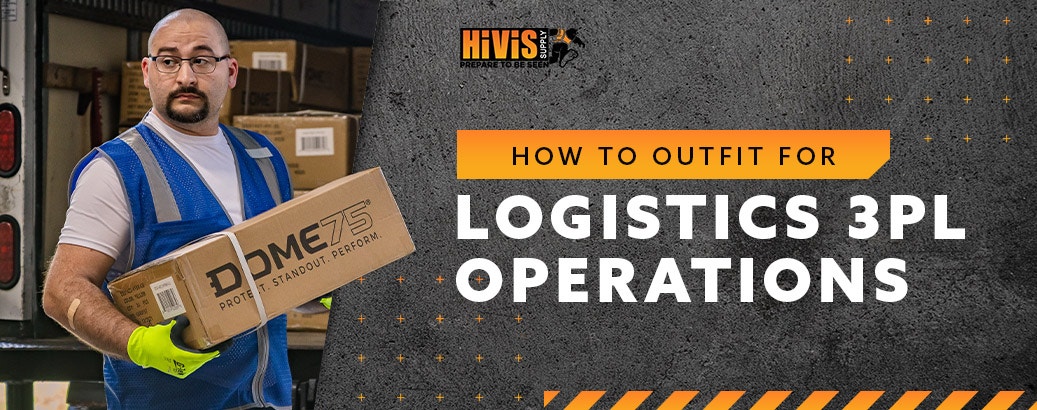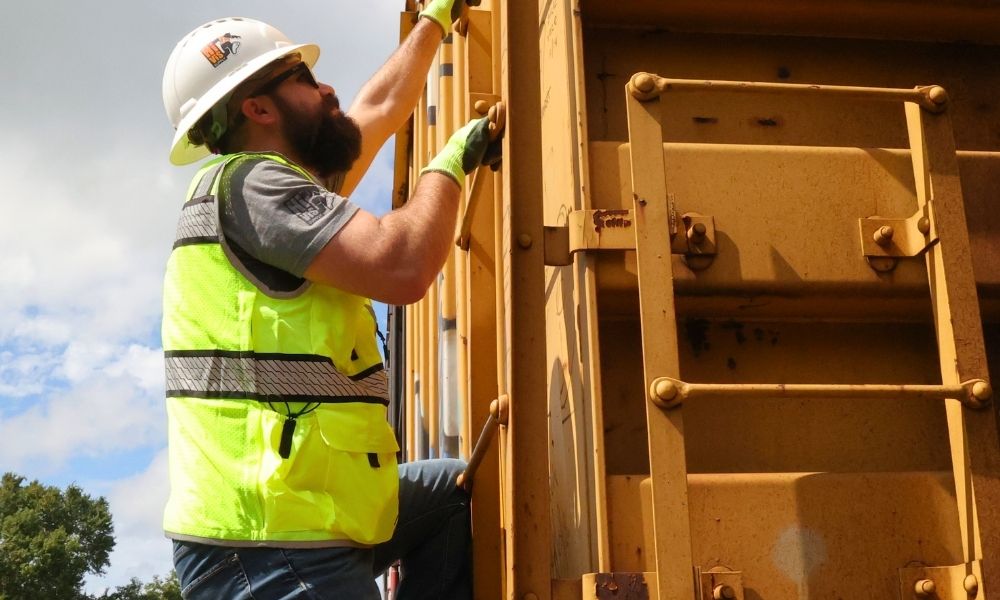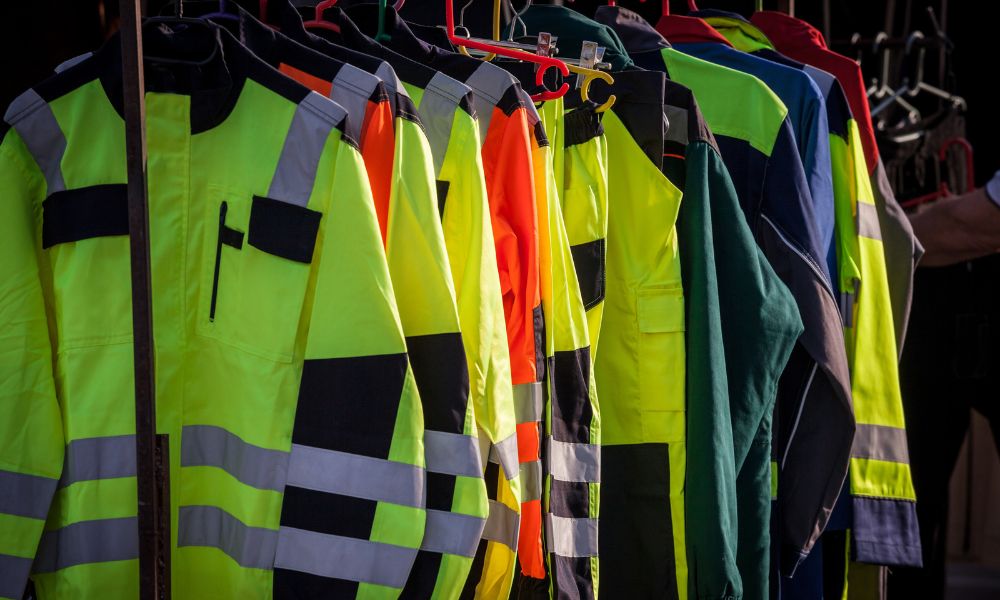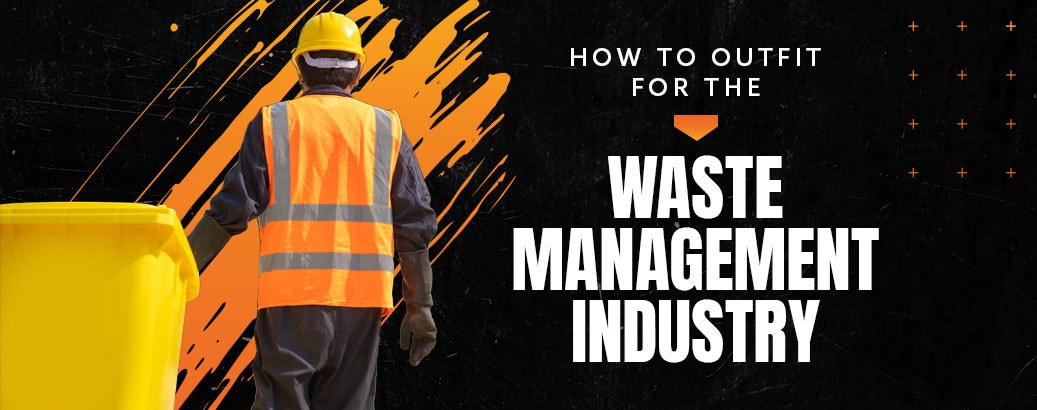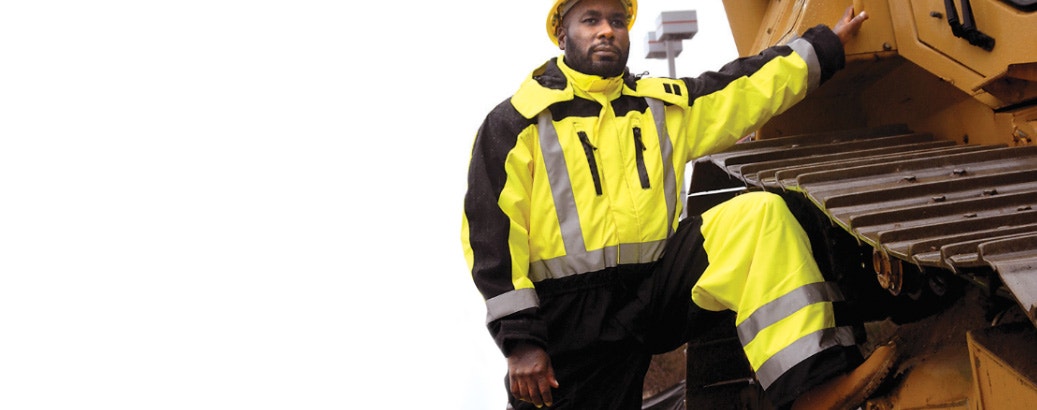HiVis 101: How to Know When It’s Time to Replace Your Safety Vest
- By HiVis Supply
- Jan 20, 2022
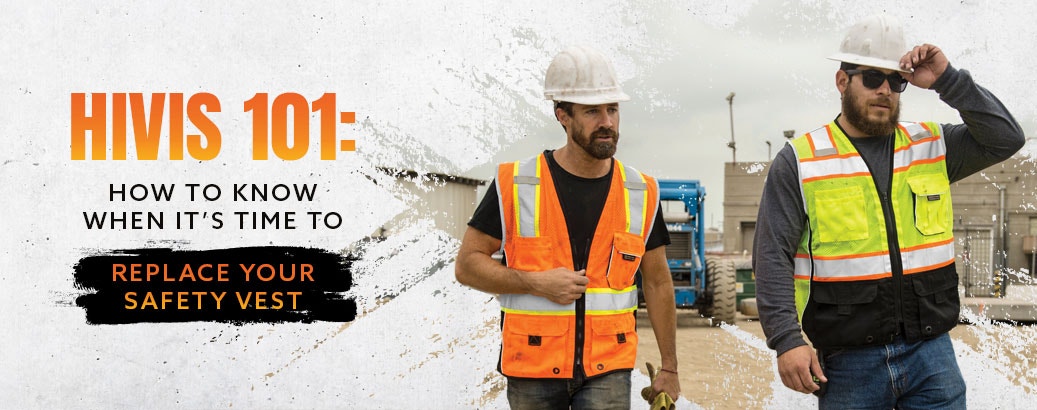
Knowing when to replace key workwear like a hi vis safety vest can be challenging. It’s not always obvious when a vest is past its useful life. Plus, because workwear costs time and money to replace, it can be easy to put off the task if you can justify using it for a little while longer.
However, let’s keep things in perspective: Your workwear is keeping you safe from potentially fatal injury on the job! That means you need to act decisively when it’s time to replace it, and you need to know the signs that tell you when that time is approaching. Here, we’ll help you get familiar with the easiest ways to tell if your safety vest is worn out. Plus, if you’re tired of replacing your safety vest all the time, we’ll talk about four key ways to keep your vest in great condition!

It’s quick and simple to evaluate your vest’s condition with a hi vis garment card.
How Long Does a Hi Vis Safety Vest Last?
Eventually, every safety vest will wear out because its hi vis colors and reflective striping are no longer ANSI 107 compliant. Six months is the average lifespan for a hi vis safety vest that gets worn every day, according to the Federal Highway Administration’s research. In workplaces where safety vests don’t have to be worn every day, however, they can last three years or longer.
These definitely aren’t hard and fast rules, and taking good care of a safety vest can make a big difference in how long it lasts. (See the safety vest care tips at the end of the article!) It’s just a reasonable estimate for when businesses might need to replace safety vests, as well as a point in time when it becomes extra important to examine vests for wear and tear.
Seasoned pros often take advantage of our hi vest vest sales to stock up on quality vests at low prices, so you never have to feel concerned about retiring a vest that’s past its useful life! However, if you’re wondering whether it’s time to replace your vest, read on for an easy way to reduce the guesswork.
How to Get Your Free Garment Inspection Card
To get the most out of these tips, we advise you to sign up for a free hi vis garment inspection card from our site. HiVis Supply has partnered with one of our premier brands, Kishigo, to offer this inspection card as an easy way to compare your safety vest’s condition to the ANSI 107 standard. It’s got built-in comparisons for your vest’s hi vis fluorescent colors and reflective striping. That said, the inspection card is only a reference tool, so remember the golden rule: If you have any serious doubt about the condition of your safety vest, it’s probably time for a new one. Let’s look at five tell-tale signs that the wear and tear on your safety vest have reached an unsafe point or are about to reach it.

1. Your vest’s hi vis colors have faded past the color on your inspection card.
The fluorescent colors on your hi vis vest keep you safe on the job. Even the highest quality hi vis fluorescent fabrics will only last for so long before fading, however. When you’re putting your vest through its paces at work, the colors will fade from stains and abrasion until they no longer meet ANSI 107 requirements.
That’s why it’s so important to regularly check your vest’s hi vis colors against ANSI 107 standards. Fortunately, the inspection card makes this easy. Take the side that’s printed with fluorescent colors and hold the cutout area over your safety vest. If the color is in the Caution zone or below, replacing your vest is the safest choice. Don’t have an inspection card on hand? Take a look at our visual garment inspection reference pictures. Here’s an ANSI Class 2 safety vest that’s in great working order:

Nice and crispy, right? That’s an ANSI 107-compliant high visibility vest with bright, bold colors that will make anybody stand out on the job site. Now, let’s look at a similar vest that’s seen some tough days on the job:
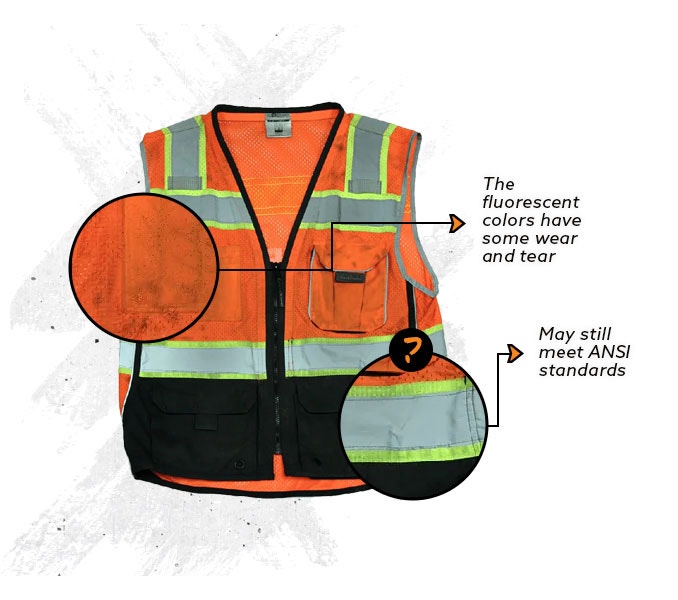
This vest is in what’s known as a “marginal” condition. The fluorescent colors have some wear and tear, but they may still provide sufficient performance to meet ANSI standards. If your vest looks like this, wash it or otherwise get it as clean as you can. If it doesn’t wash out, get ready to replace it soon. Now, here’s a vest that’s considered unacceptable:

This vest’s colors have barely any of their original brightness. If your vest looks something like this, it probably isn’t ANSI-compliant.
2. The reflective material on your vest doesn’t match the reflective standard on the inspection card.
This reflective tape is the other feature on an ANSI-compliant safety vest. It helps keep you visible by reflecting light back to its source, so you’re easy for machinery operators to see in low light conditions. And while safety vests today have more durable reflective materials than ever, these do wear out and lose their reflectivity as they’re exposed to dirt, grease and abrasion on the job. Here’s the fastest way to test your reflective vest’s performance:
- Bring a flashlight, your hi vis inspection card, and someone to help you. (Maybe they have a vest they need to inspect too!)
- Find the darkest environment as possible, or an environment that’s about as dark as the ones you wear the vest in.
- Put the vest on and stand straight up against a wall, facing forward. Hold the cutout in the inspection card over the reflective material on your vest and make sure the reflective side of the card is facing out.
- Have the person helping you hold the flashlight at eye level and stand about 30 feet away. They should shine the flashlight back and forth between the example on the card and the vest you’re wearing.
- If the card is significantly brighter and more visible than your vest, the vest may need to be replaced, now or in the near future.
Let’s use a quick visual reference here, too. Check out these three safety vests and observe why some are in compliance and some aren’t:

So bright! So shiny! That’s a good-looking vest with its reflective striping in excellent condition. This reflective material will give you an ANSI-compliant solution for your work zone visibility needs.

The reflectors on this vest are in marginal condition. They have some noticeable discoloration and abrasion and, again, they might or might not be ANSI compliant.

This safety vest isn’t fit for the job site anymore. There’s a lot of dirt and abrasion on the reflective striping, and it probably won’t offer the reflective performance that you need. Time for a new vest!
3. The vest is torn, tattered or otherwise damaged.
If your work vest has any kind of rips or tears, it’s time to get it replaced. For one thing, these can prevent the vest from working as intended when it comes to visibility. A torn vest isn’t ANSI 107 compliant because it prevents the hi vis features like the reflective material and fluorescent colors from having their full effect.
Another risk of working in a ripped vest is that it will make you vulnerable to getting caught on objects around your workplace. A torn vest puts you at high risk for getting caught on a piece of rebar or a machinery handle, and the consequences can be anything from a nasty cut to a life-threatening accident.
If a vest was being worn during an accident, there’s a good chance it needs to be replaced. The vest might have gotten stretched, pulled, cut or otherwise compromised, so check it carefully and replace it if in doubt. A hi vis FR safety vest will always need to be replaced if it’s been exposed to an arc flash or open flame incident.
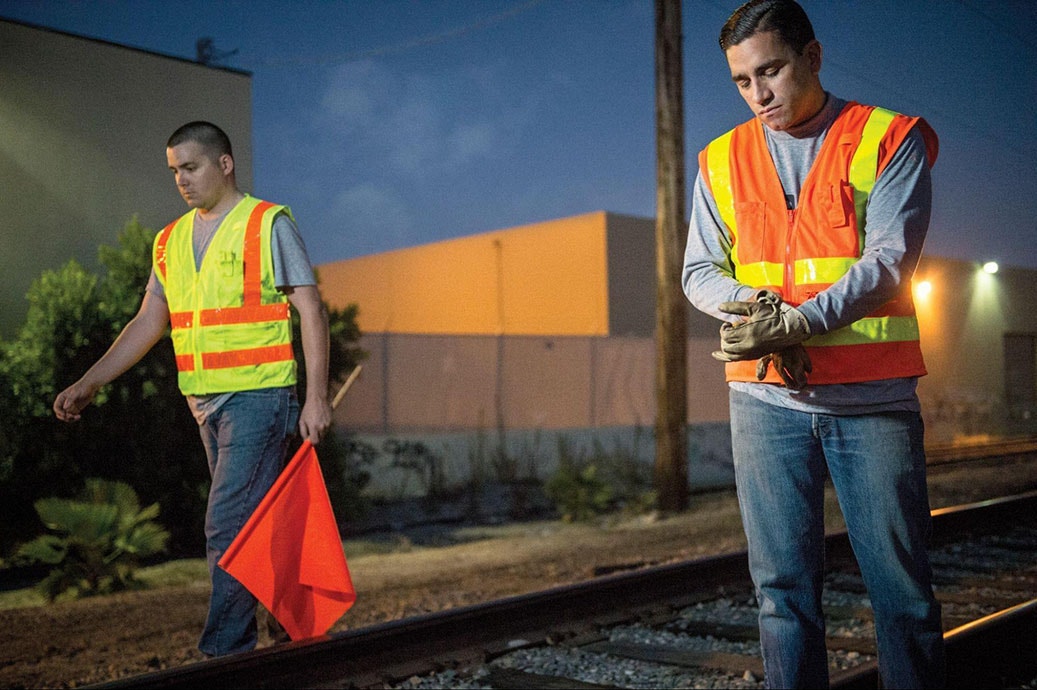
4. The vest doesn’t close correctly.
The closures on a safety vest can also fail after a long period of heavy use. Whether it’s the hook and loop closures on a basic vest or the zipper on a surveyor vest, these closures endure considerable stress during the work day.
If you’re having trouble zipping, buttoning or otherwise fastening your safety vest, its condition is probably on the decline. Much like a torn vest, a vest that doesn’t close all the way risks getting snagged, and it could distract you from your work at a key moment. ANSI visibility standards also assume that every vest is fully fastened, so compliance is a concern here too.
5. The vest is past its maximum number of wash cycles.
Most types of hi vis safety vests are designed to last a certain number of wash cycles before it’s time to replace them. That’s because washing itself creates some wear and tear on safety vests and limits their life span. (We advise spot cleaning rather than washing in our tips below.) You can usually find this number on the vest’s care tag.
The max number of wash cycles is based on the manufacturer’s calculations of how long the materials in the vest can reasonably be expected to last. Again, it’s not an ironclad rule, and you don’t have to throw out a vest that passes all of the other tests just because it’s hit the max number of wash cycles. But keep a close eye on a vest that’s at or approaching that number and be aware that it could be non-compliant soon.
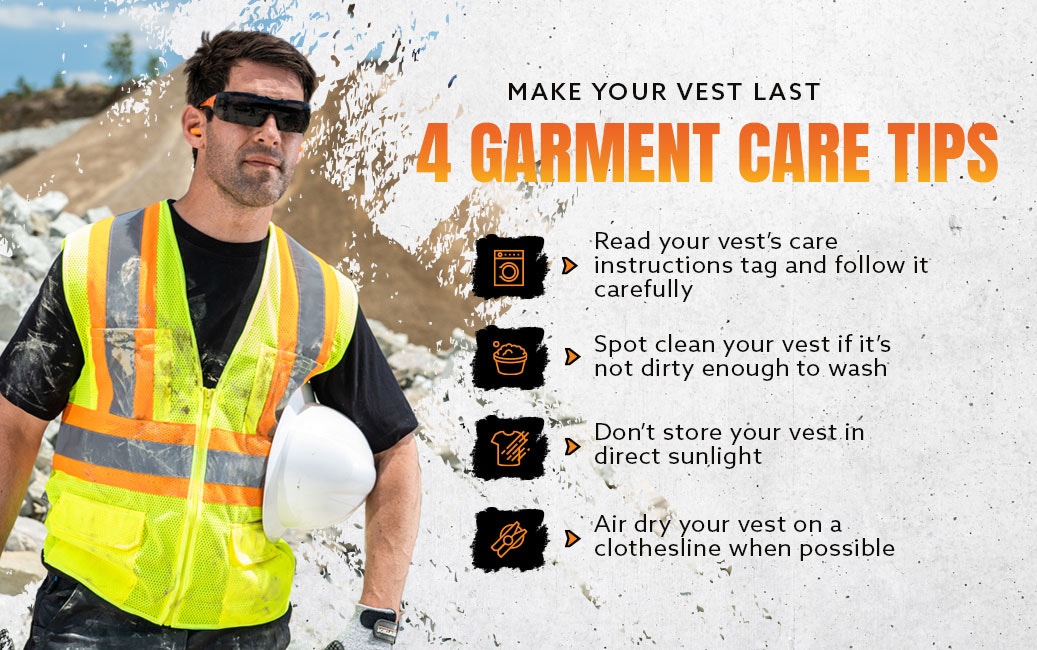
Four Key Garment Care Tips to Make Your Vest Last
Every vest eventually wears out, but you can make a big difference in how long yours lasts by taking proper care of it. Follow these four tips, and your vest will hold up longer and perform better on the job.
1. Read your vest’s care instructions tag and follow it carefully.
Your vest’s care instructions tag will give you the important details about how to clean it, including its maximum number of wash cycles and how to dry it (see tip 5). Most safety vests are machine washable, but never assume it unless your care label says so. Pay especially close attention to the care label if you have any type of specialty vest like a flame resistant safety vest.
2. Spot clean your vest if it’s not dirty enough to wash.
If you’d like to save a few wash cycles, refrain from washing your safety vest if it’s only a little messy and spot-clean it instead. Try hitting a stain with some mild soap and a soft cloth at the end of the workday — you might be surprised how effective it can be. This tip may not be for you if your vest gets totally filthy every day — a sponge won’t be much help for a vest that’s just been through a day of asphalt resurfacing. But, for smaller stains, it can help keep your vest in great condition and prevent fluorescent colors from fading.
3. Don’t store your vest in direct sunlight.
Exposure to the UV radiation in sunlight will make all fluorescent colors fade over time. While our vests are designed to offer a long lifespan, and some even have built-in UV resistance, there’s no need to wear them out faster than necessary by hanging them in sunlight when they’re not being worn.
4. Air dry your vest when possible.
Generally, a safety vest shouldn’t go into the dryer. If possible, air dry it on a clothesline away from direct sunlight instead. The high heat inside a dryer can damage the synthetic fabrics in a vest, although some vests may be safe on a low tumble dry setting. Ultimately, the care label will be your best guide to what’s acceptable.

Looking for a safety vest that’s built to last? HiVis Supply has the industry’s best selection to keep you safe and seen. Shop our full range of safety vests right here, or check out our essential guide to caring for hi vis gear — you’ll find handy tips on washing and caring for all kinds of workwear clothes.




